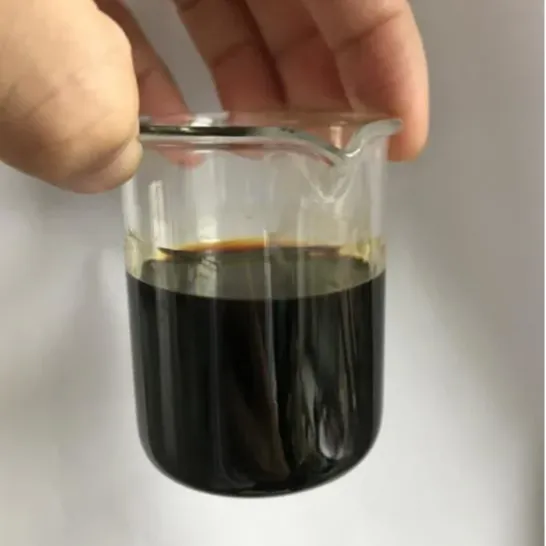
Oct . 15, 2024 08:40 Back to list
indoxacarb 95%tc product
Indoxacarb is an emerging insecticide that has gained significant attention in agricultural circles, particularly in its formulation as a 95% technical grade product. Renowned for its effectiveness against a broad spectrum of pests, indoxacarb functions primarily as a neurotoxicant, interfering with the transmission of nerve impulses in insects, which ultimately leads to their mortality.
The chemical structure and mechanism of action of indoxacarb distinguish it from conventional insecticides. It is a member of the oxadiazine class and operates by blocking sodium channels in the nerve membranes of insects, which inhibits their ability to function normally. This unique mode of action makes indoxacarb particularly valuable in integrated pest management (IPM) programs, as it poses a lower risk of resistance development when compared to traditional insecticides.
.
One of the key advantages of indoxacarb is its targeted action. Unlike broad-spectrum insecticides that can adversely affect beneficial insects, indoxacarb demonstrates a low toxicity to non-target species. This characteristic is crucial in preserving the ecological balance and promoting biodiversity in agricultural ecosystems. Moreover, its selectivity allows farmers to implement safer pest control measures without compromising the health of pollinators and other beneficial organisms in the environment.
indoxacarb 95%tc product

In terms of application, indoxacarb can be applied via foliar sprays, drenching, and soil treatments. Its systemic properties allow for effective pest control while minimizing environmental impact. The stability and efficacy of indoxacarb are also enhanced when combined with certain adjuvants, ensuring optimal performance in various conditions.
Despite its many benefits, the use of indoxacarb should be approached with proper management practices to ensure its sustainable application. Farmers and agricultural professionals are encouraged to stay informed about best practices, resistance management strategies, and proper usage guidelines to maximize the benefits of indoxacarb while minimizing potential drawbacks.
In summary, indoxacarb 95% TC represents a significant advancement in the field of pest management. Its efficacy, selectivity, and safety profile make it a valuable tool for farmers aiming to protect their crops and the environment alike. With continued research and responsible usage, indoxacarb is poised to remain a cornerstone of modern integrated pest management strategies.
-
Insecticide Spirotetramat 11% + Thiacloprid 11% SC at Good Price
NewsJul.30,2025
-
Best Abamectin SDS - Premium Quality & Reliable Safety Data
NewsJul.29,2025
-
Agrochemicals Pesticides Solutions for Sustainable Farming
NewsJul.29,2025
-
High-Quality Tebuconazole Fungicide for Crop Protection at Best Price
NewsJul.29,2025
-
Chlorfenapyr 8% + Clothianidin 20%SC Pesticide Mixture for Effective Pest Control
NewsJul.28,2025
-
Best Azoxystrobin Difenoconazole Supplier for Crop Protection
NewsJul.28,2025
